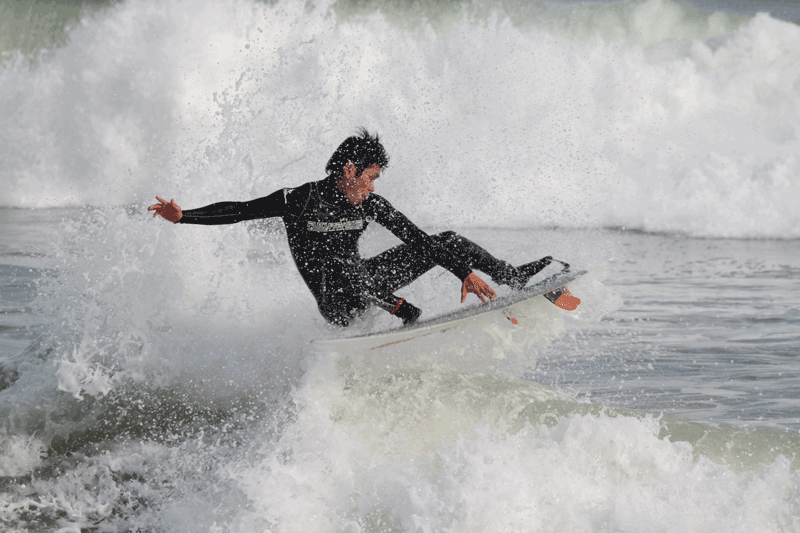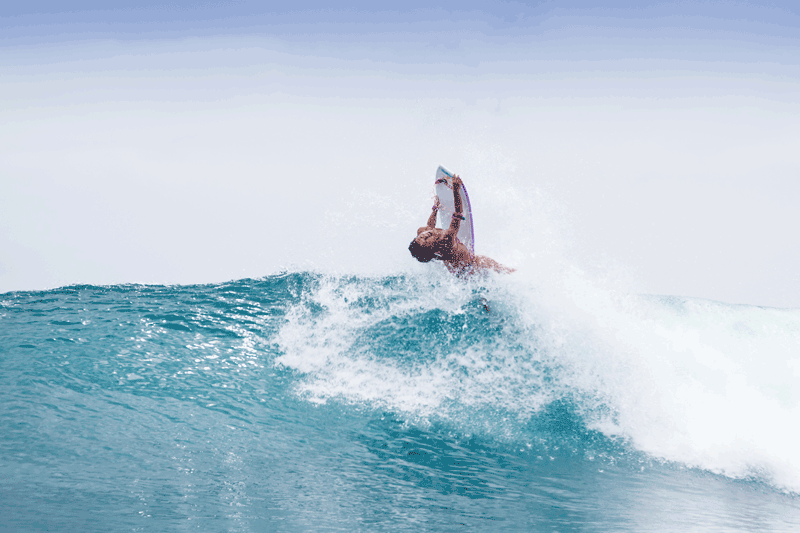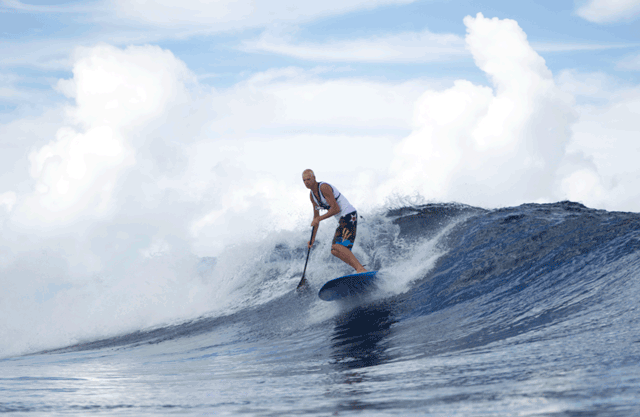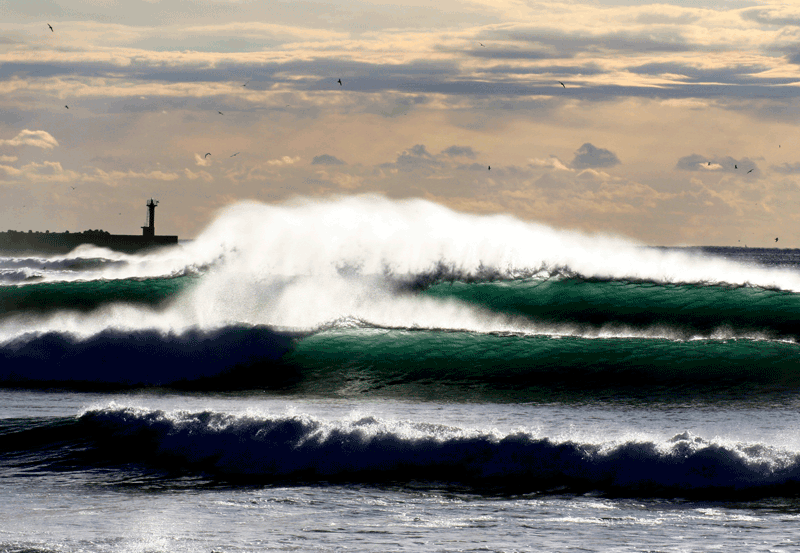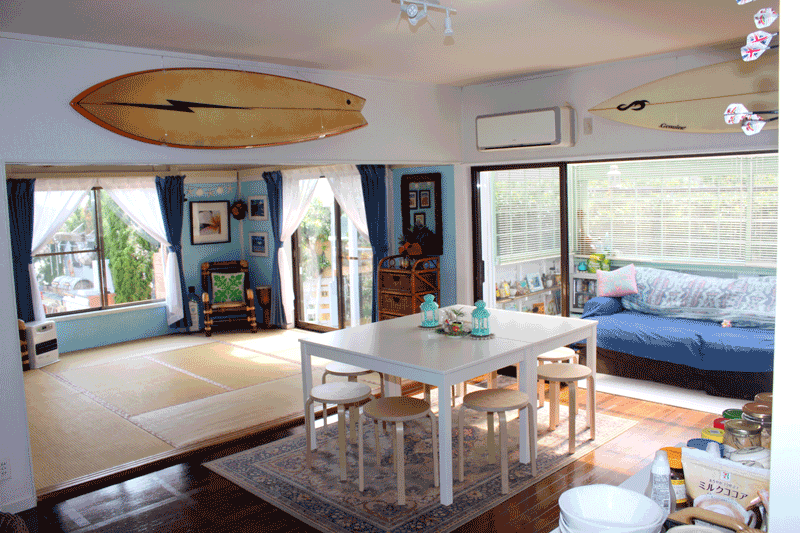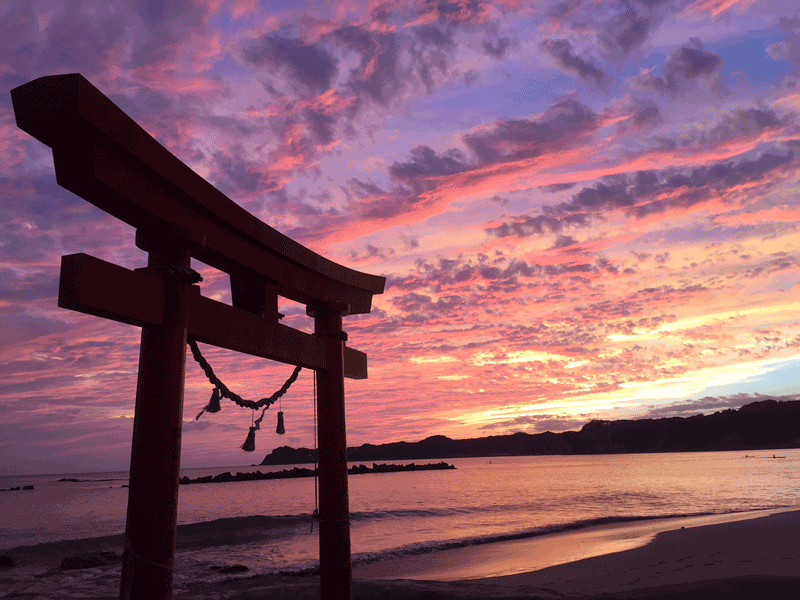For surfers looking for the perfect set, the beaches of this prefecture offer up some of the best breaks on the island nation.
There’s far more to Chiba than a shrieking pear mascot and the country’s largest airport. From the southern tip of the Boso Peninsula to the eastern outcroppings of Choshi in the north, there are many spots around Tokyo’s eastern neighbor where even novice riders can find their way onto the waves.
The first thing you want to know is that you’ve got to break one of Japan’s rules. “Officially,” as it goes, beach season in Japan begins in July, when the beaches are blessed and ritualistically opened with a ceremony known as Umi Biraki: a Shinto priest purifies the waters, in an effort to ensure that the seas will be made safe for another year. This oh-so-short season shuts its doors fewer than two months later—usually just after the Obon holidays. But with Kanto temperatures warm enough to have you in shorts by May and still sweating well into September, you’re missing out on prime beach time. Meanwhile, the hard core in their winter wetsuits continue surfing well past typhoon season and into pretty cold temperatures.
Yuma Takanuki, a second-generation surfer, comes from a pretty hardcore surfing family himself. Both his father, who passed away eight years ago, and his mother, surfed. The couple opened a surf shop in Onjuku, on the central coast of Chiba, 15 years ago; Takanuki caught the bug when he was nine and has been surfing ever since—although instead of weathering the Chiba winters recently, he’s spent them in Hawaii, looking to launch his pro career.
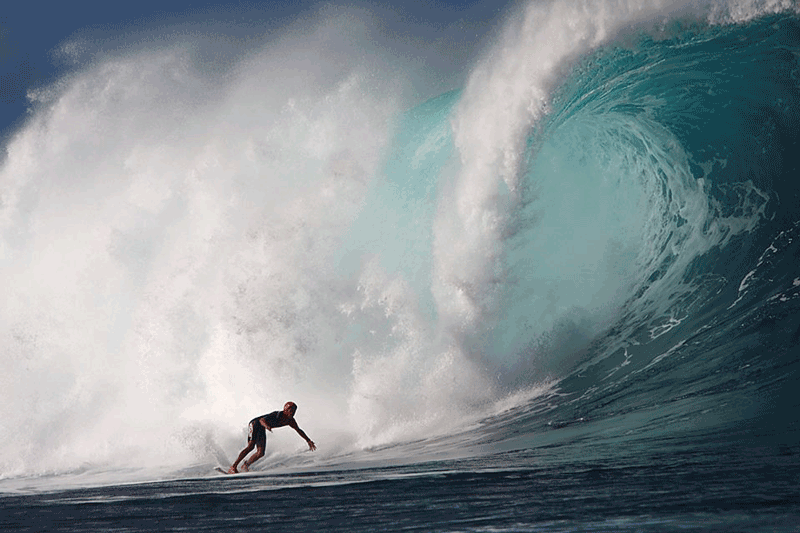
Yuma Takanuki has been chasing the big waves in Hawaii, but always makes it back for the summer (Photo: Vince Cavataio)
His take on the surfing life is what you’d expect from a 26-year-old who is starting to come into his own as a waverider: “The thing about surfing for me is that it brings me closer to mother nature and it teaches me about some of the most important things in life. It’s like going to school for me. Life is beautiful if you surf.”
Beginning with the Body
But for a newbie who doesn’t have 15 years of experience on the waves, there is another option for getting started, says Akiko Sato, who has been a pro in her discipine for several years. That option is bodyboarding, and it eliminates one of the more challenging parts of riding a wave for beginners: moving from the prone, paddling position and getting—and staying—on your feet once you’ve caught it.
Sato explains that worrying less about getting their sea legs allows the inexperienced a chance to “get the hang of how waves break and the ocean works.” In fact, this is something that anyone who’s spent time around surfers will notice: they spent a lot more time observing the sea than riding waves. And many factors shape the waves that they do ride. The overall geographic contour of the beach, undersea reefs, sandbars or manmade structures all influence how waves break at any given place, and these are the sorts of things that you’re only going to understand by paying attention, both to the waves, and to more experienced surfers.
Her advice to people just getting started is to respect the ocean and your elders: “Be humble. Watch as many pro riders as you can to understand what they are doing and take some lessons: it really does help you and help the local community. It will give you confidence in the water much quicker and you will make new friends along the way.”
Finally, for those who might think that the relative ease of getting started on a bodyboard means that the sport deserves short shrift, Sato points out that pro bodyboarders regularly take on monster waves that would make amateur surfers weak in the knees: “Quite simply, there is nothing easy about being in the ocean. It takes any one a lot to feel comfortable amongst giant waves.”
Stand Up, Stay Up
A third option for hitting the swells is one of the newest. Stand-up paddle surfing, also known as SUP, has been growing in popularity over the last decade. Like bodyboarding, it lets riders avoid the transition from prone to standing, but in this case the riders always stay standing and use a long paddle, instead of a pair of hands, to get around and get themselves onto waves. Dane Gillett, a UK native and long-time surfer who runs a surf shop and guest house in Chiba, as well as the site, Surfing in Japan, has been experimenting with SUP over the past three years, as a challenge as well as a way to get out to offshore break points that you simply wouldn’t be able to reach on a bodyboard or regular surfboard.
Going to great lengths to find the ideal spot is also another big part of the surfing experience: it goes into the stories that get told, and sometimes the secrets that are jealously guarded: “Those points for perfect waves are more often kept secret by the people that ride them, which leads to a lot of mystery or amazing stories that are passed down generation after generation.” If you check out some of the spots we’ve assembled below—or after getting to know the territory, discover some of your own—you should find friendly locals and good times, but it’s most important to keep a sense of etiquette. Don’t jump in on someone else’s wave, and treat the areas you surf with respect. After all, as Gillett points out, “it’s not a sport: it’s a way of life.”
Surf Spots on the Chiba Coast
Most of the locations are difficult to reach without a car, but included here are several spots that can be reached by train. (Information courtesy of www.surfinginjapan.com)
South
Kamogawa: Offers several different types of surfing spots. It’s one of the most popular, thanks to easy access from the trains. Can be very crowded. Access by car or via the Sotobo or Uchibo Lines to Awakamogawa Station.
Wada: This 6-km stretch of coastline—located about 15 km south of Awakamogawa—has 4 main points along the way. The area offers plenty of places to stay and eat, and is known for its relaxed atmosphere. By car, or the closest station is Wadaura on the Uchibo Line
Central
Onjuku: One of the most popular spots in Chiba—Onjuku has plenty of accommodation and a lively party vibe during the summer. The geography of the beach makes for excellent waves, and draws surfers of all stripes. Onjuku Station can be reached by the Wakashio Express trains from Tokyo Station.
Hebara: Just about 10 km south of Onjuku, Hebara was the site for the World Surfing Championships in 2004. A favorite of most Japanese surfers. This 1-km long stretch of beach offers several different surfing spots and is best reached by car.
North
Ichinomiya: This area in the southern part of northern Chiba offers a wide variety of breaks, and everyone from experienced surfers to beginners can be found here. Known for its fine, black sand beach. Accessible by car.
Taito Area: Taito is another popular spot, and another central point of Japanese surfing. Home to a “Surf Town Festival” that kicks off in June, and a lively, yet laid-back scene that keeps going throughout the summer. Can be reached by car or train & taxi from Kazusa Ichinomiya Station.
Splash Guesthouse
Located at Hebara Beach, Splash features a BBQ garden that overlooks the beach. Rooms at the guest house are a stone’s throw from the beach, making sure that everyone who stays there will be sure to fall asleep to the soundtrack of the crashing waves. Splash Guest House offers lessons and gear rentals for surfing, SUP, sandboard, and bodyboarding, as well as tours to hot springs and other tourist destinations up and down the coast. Station pickup is available.
Chiba-ken, Katsuura-shi, Hebara 1122-4, Tel: 0470-64-6088 | 080-1054-4507
Email: [email protected]
Web: www.splashguesthouse.com
Main Image: Pro surfer Iwase-san (Photo: Dane Gillett)
Updated On December 26, 2022

